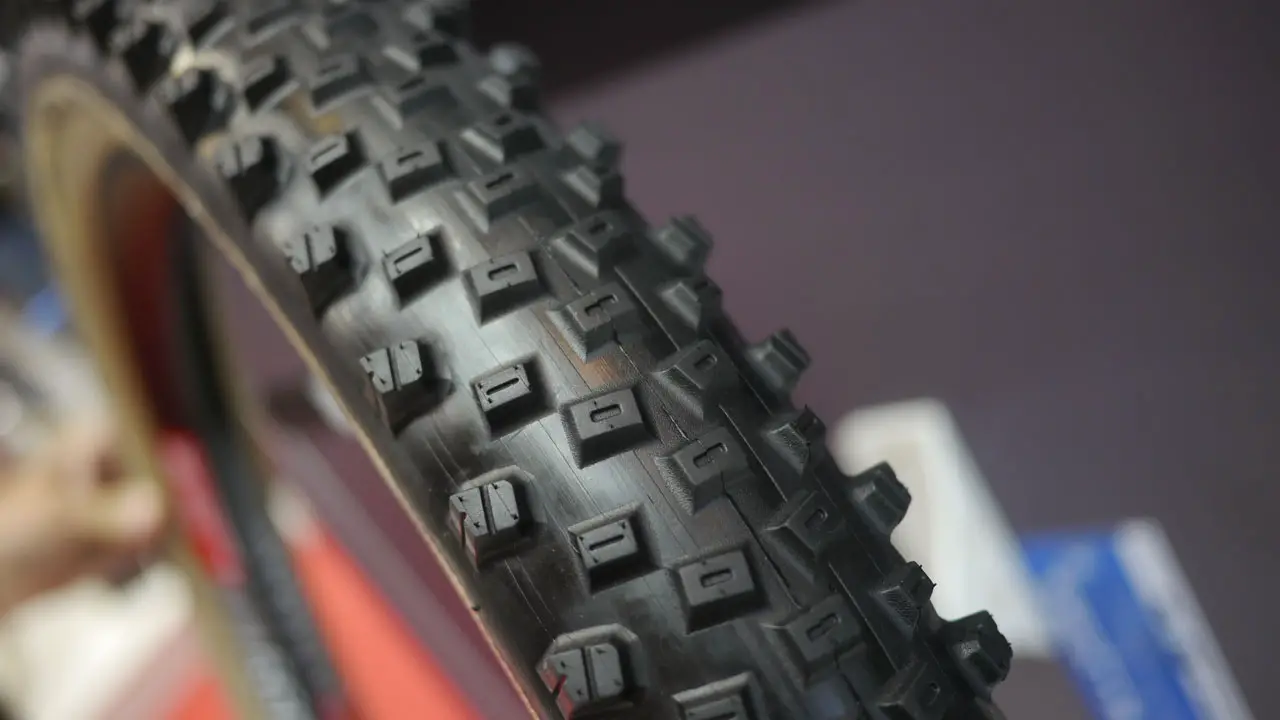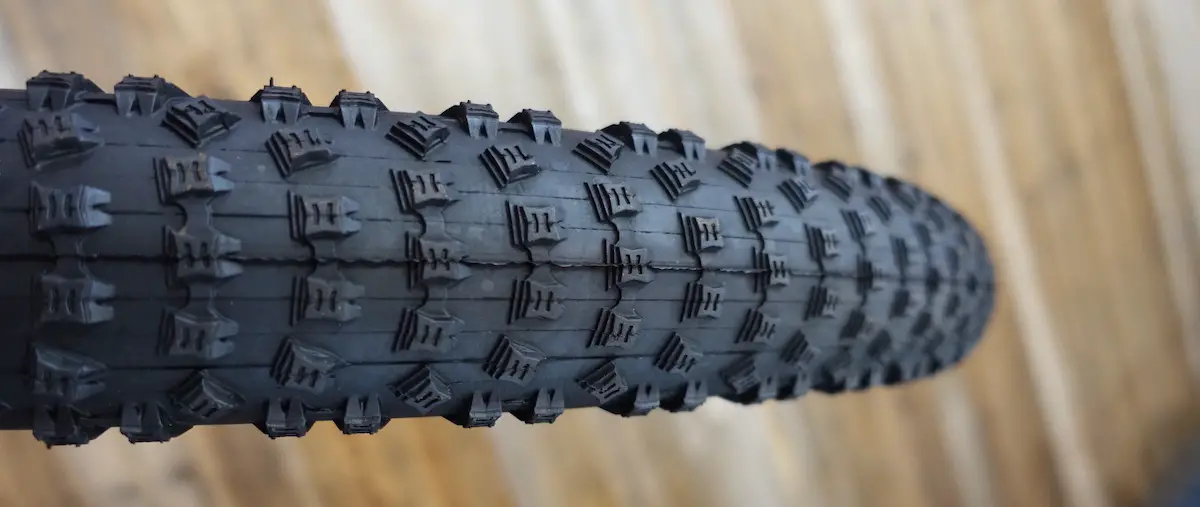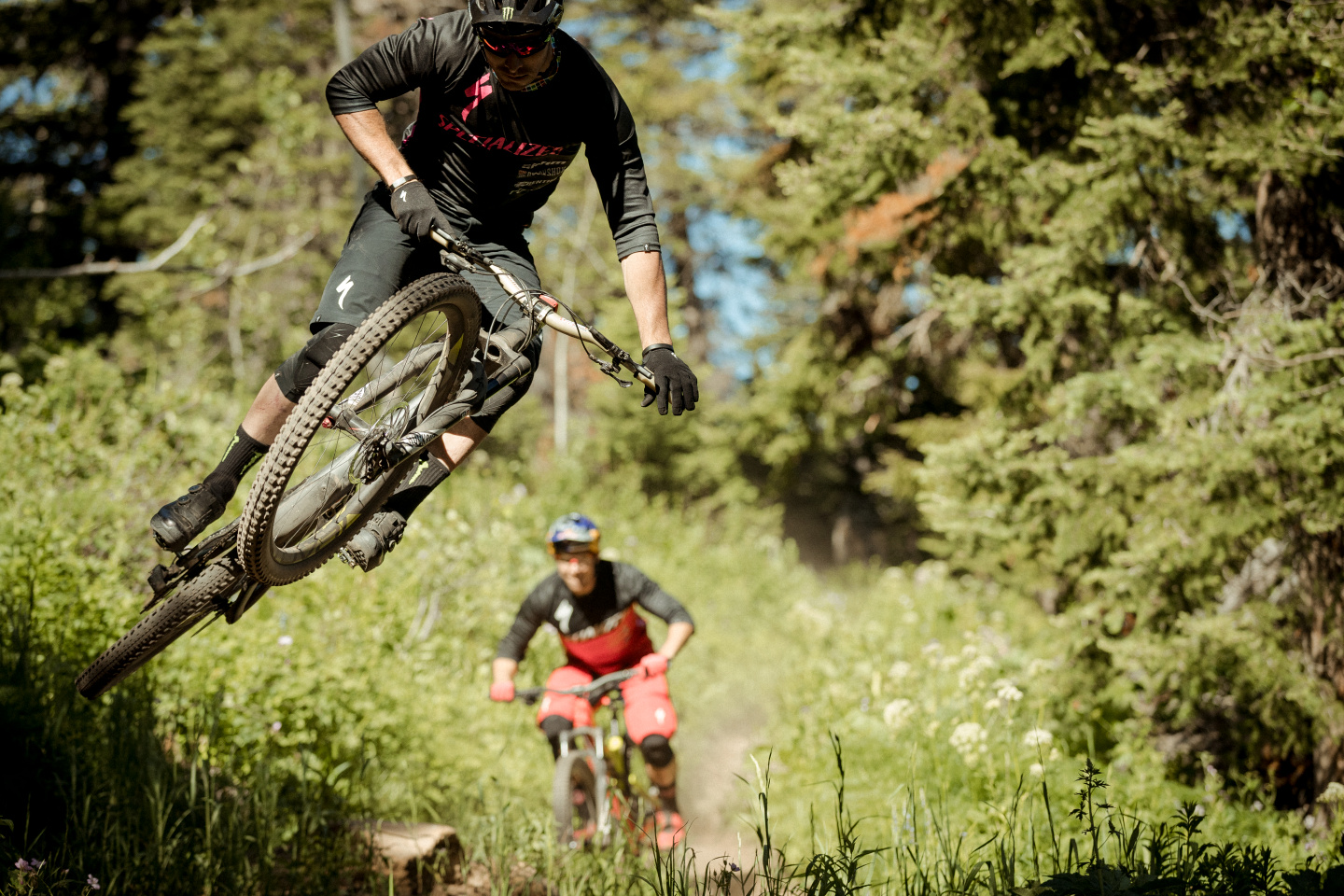As you’ve probably gathered from our ongoing coverage of the 2016 Eurobike Cycle Show, it is an absolutely enormous exhibition. Filled with thousands upon thousands of road bikes, mountain bikes, city bikes, ebikes (my lord, there are so, so many ebikes – if you think we’ve published a lot of ebike content from Eurobike, you have no idea how much we could have covered, so consider yourself lucky!) and bizarro bikes that go beyond definition, Eurobike is an opportunity for bike brands to show off their latest goods to hungry media folks like us.
However, Eurobike isn’t just an exhibition for new gear. It’s also a useful opportunity to witness emerging bike industry trends, and to spot some dying trends too. A booth at Eurobike isn’t a cheap exercise, so you can guarantee that each brand that chooses to come to Eurobike is going to get the most exposure for their Euro-bucks. If a brand believes a particular bike or product isn’t going to garner suitable attention, you can bet that they won’t be taking up precious room with it at Eurobike. And by reading between the lines, it doesn’t take much detective work to determine what products are going off the boil, and what products look like they’ll be simmering away in 2017 and beyond.

One of the obvious trends that we witnessed at this year’s Eurobike show was a rapid decline in the number of fatbikes compared to previous years. While you would have struggled to move for tripping over a fatbike in prior years, there was only a light dusting of proper fat bikes at this year’s Eurobike show. In comparison, semi-fat, or ‘plus’ bikes were absolutely everywhere.
One trend that was less obvious was an emerging tyre size. Not diameter per se (thank god!), but more a tyre width. Of course wheel and tyre dimensions have been a rapidly evolving aspect of modern mountain bikes over the past few years. And whether you like it or not, this rapid evolution shows no signs of slowing down, despite having caused widespread confusion amongst mountain bike media and consumers.

As I mentioned above, the ‘plus’ category is going bananas for 2017 and beyond. This new segment has seen bike companies scramble to develop their own hardtail and full suspension platforms built around the 2.8-3.25in wide plus tyre width. It’s certainly no real news, as those sorts of bikes have been around for some time now, and we’ve tested a whole bunch of them in Singletrack Magazine.
While plus bikes do offer a unique ride quality and several benefits on the trail, one aspect of them has left a little to be desired: tyre durability. To build a 2.8-3.25in wide tyre sufficiently light so it doesn’t weigh a tonne, you have to make the tyre very thin. Thin sidewalls aren’t so good when it comes to riding over sharp rocks or dropping your bike into firm ledges on the trail, as they’re far more likely to pinch-flat or get sliced open like a kebab.

Of course tyres are always subjective to the conditions you’re riding in, and factors like rider weight, riding style and the rims they’re strapped to all play a part in their ultimate effectiveness on the trail. However, we’re still looking forward to seeing additional plus tyres come to market with more durable casings and sidewalls that offer more durability and reliability.
In the meantime, there appears to be an emerging tyre size that may strike a nice balance between traditional width mountain bike tyres and plus tyres. During Eurobike 2016, we saw Vee Tire Co showing off a 2.6in wide version of its Crown Gem trail tyre, while other brands such as Kenda and Schwalbe were also exhibiting 2.6in wide rubber. Also of note is that Cube is going heavy with Schwalbe 2.6in wide tyres for all of its e-mountain bikes moving forward.

In speaking with these companies, it appears that a 2.6in wide tyre offers some of the same grip and comfort of a plus tyre, but it allows for thicker, more stable and more durable sidewalls. Essentially weight is about the same as a comparable 2.8in wide tyre, but there’s simply more meat from bead-to-bead. For those reasons, Cube believes its ideal for their e-mountain bikes, which carry significantly more weight than a regular mountain bike.
This 2.6in wide tyre from Kenda is actually designed for kids bikes. Word on the street is that we’re going to see lots of semi-plus kids mountain bikes on the horizon. Kenda offer the 2.6in wide Slant Six in both 20in and 24in diameters.


Outside of Eurobike, the other piece of evidence to draw from is the new Enduro that Specialized recently released. The new Enduro is available in both 29in and 27.5in versions. But a closer look at the specifications for the smaller-wheeled 27.5in Enduro revealed that it would fit (and in some cases comes spec’d) with 2.6in wide tyres. Specialized do indeed design their own tyres, but production tyre moulds aren’t particularly cheap, so clearly they see this as being a popular tyre width moving forward.


So, do you think 2.6in is the new tyre width to end all tyre widths? Or is it just another option that’s filling an existing gap? You know…because Bike Industry Evolution and stuff?
We can see plenty of benefits from the not-quite-plus-but-bigger-than-normal 2.6in size, and particularly when wide rims are quickly becoming the norm. It should also be noted that brands like Maxxis are already offering pretty much the same thing with their 2.5in “Wide Trail” versions of the Minion, so there’s definitely momentum behind it. And with EWS riders such as Jared Graves stating that while they’ve ridden plus tyre bikes, they’re not particularly big fans of the baggy tyres for aggressive racing conditions, will the 2.6in tyre width offer the necessary compromise for trail riders who need durable rubber too?
Comments (3)
Comments Closed


For once a good trend
It seems a bit inexact to me when you consider that the the distinction between 2.3in and 3in is a not a lot more than a centimetre, so a 2.6 is 7mm up from 2.3 – we’re talking about tyres that vary between manufacturer, what rim etc…
After ripping through the sidewalls of two WTB Trailblazer TCS Light 27.5 x 2.8 rear tyres I’m looking forward to something that provides a bit more in the way of side armour.